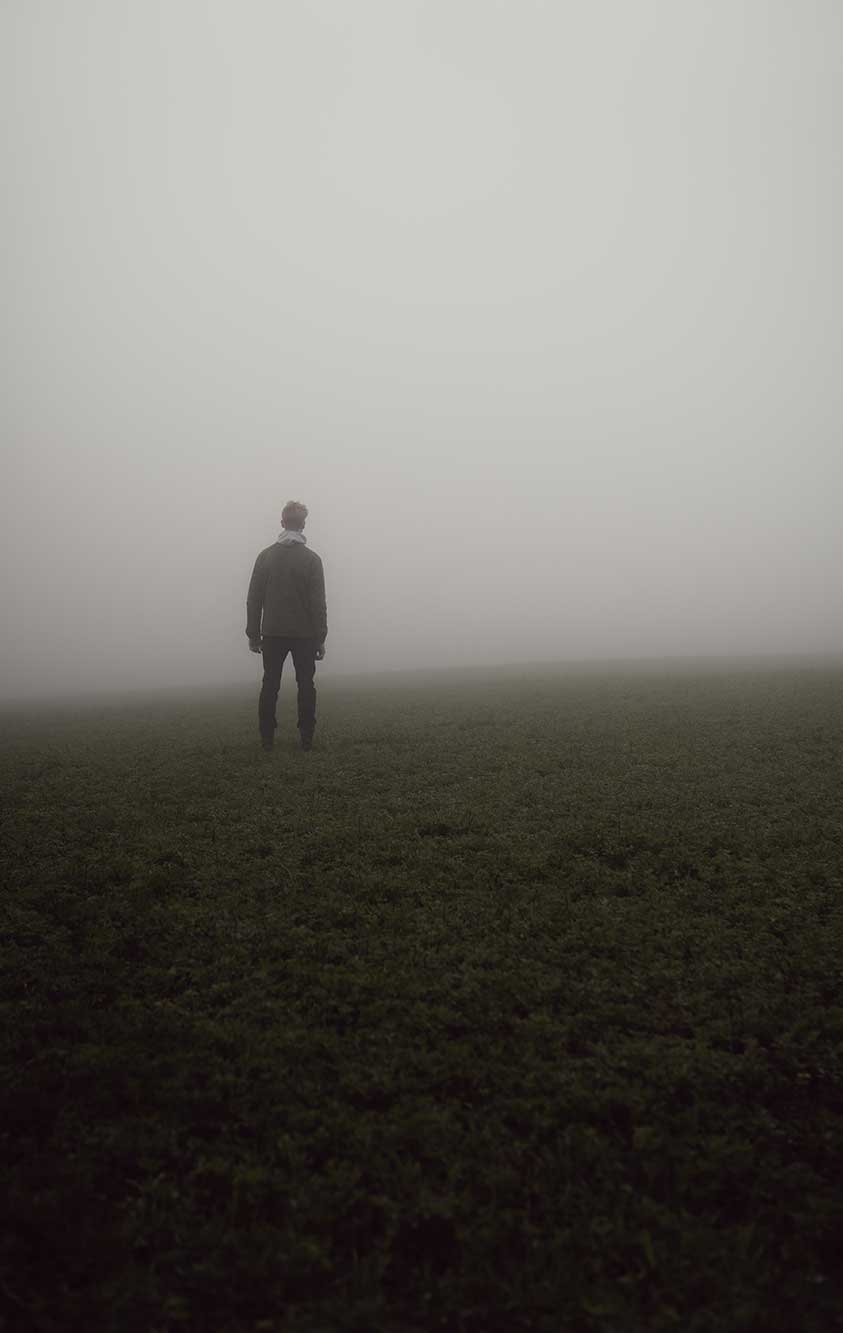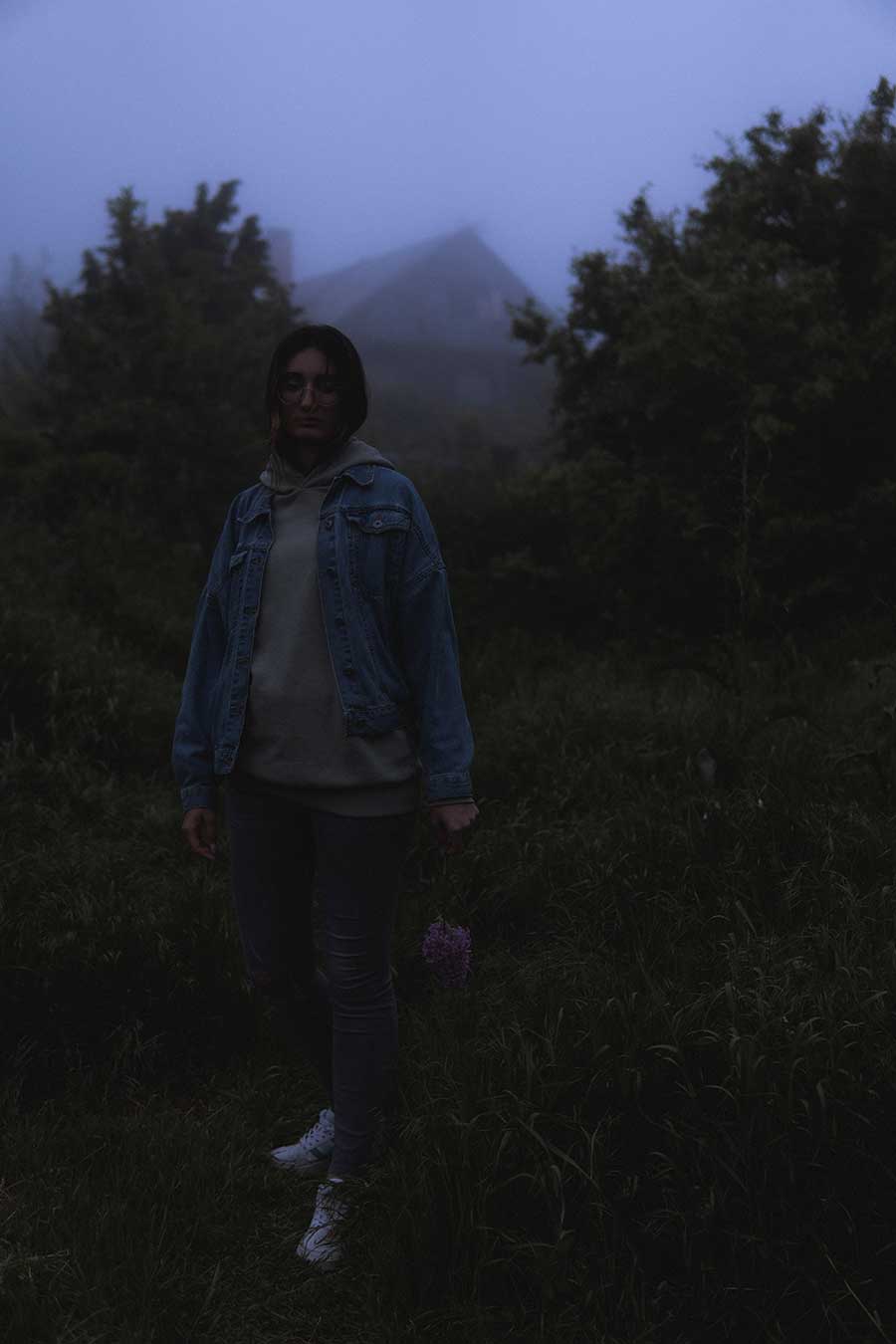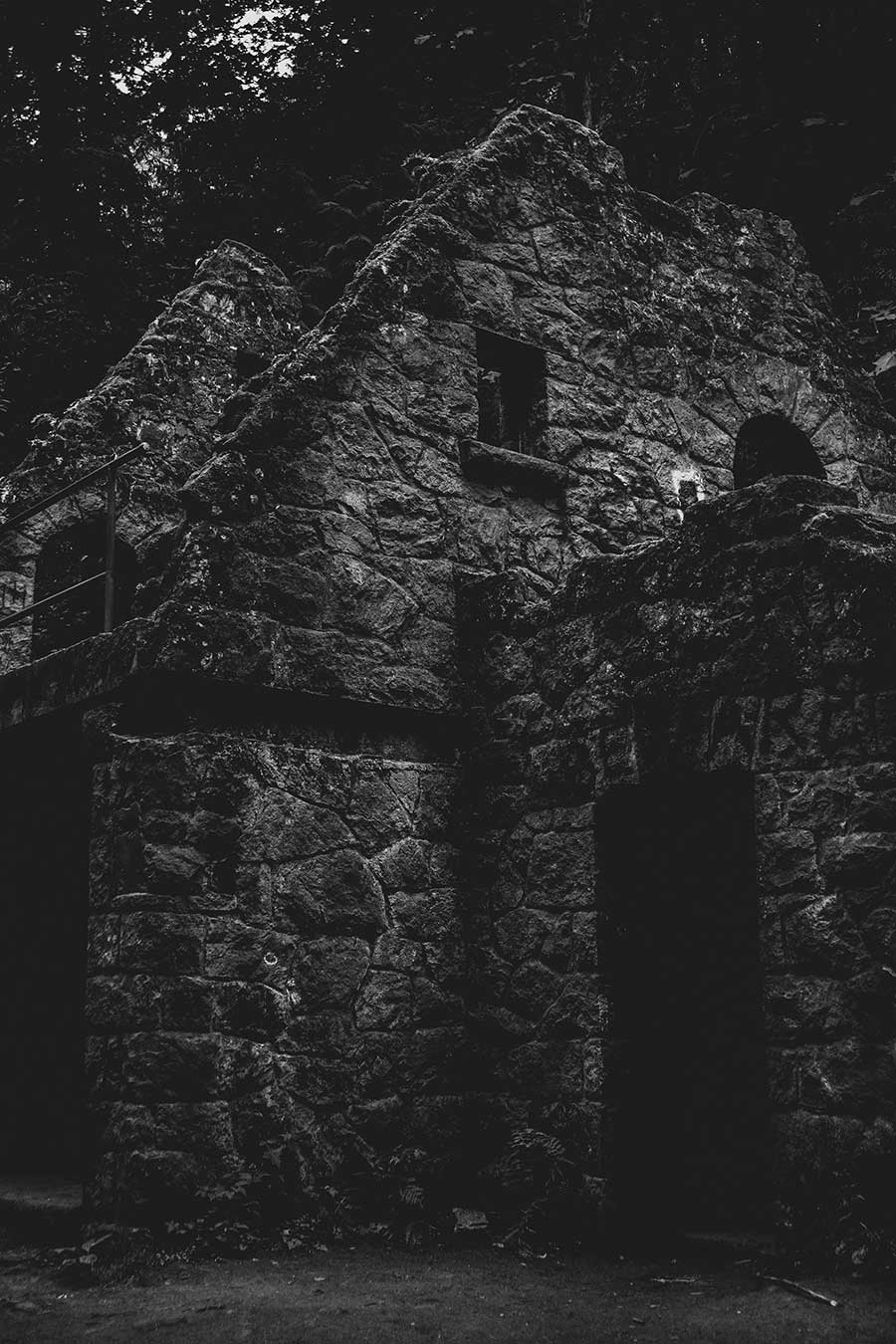Haunting the Haunted: Is a Ghost Story All About Relationships?
A ghost story needs a haunting; that goes without saying—something or someone trapped or lingering, failing to move to the next world. But there is usually far more in a story than the main supernatural thread.
Other hauntings can be real, but more often are psychological. Characters have complications in their backstories which they bring to the novel, and inevitably these become tangled in the terror of the main haunting.
The ghost is a character, too, just a dead one. The characters have dreams, aspirations and fears, which motivate them to behave as they do. Without these layers, a supernatural tale would lack depth in its plot and characters, like any good story. A terrifying ghost alone is not enough.
A Hero With Plenty Of Baggage
In Michelle Paver’s Dark Matter, Jack Miller travels to the Artic to escape a mundane life. He’s haunted by feelings of inadequacy in both his work life and socially. The other men on the trip are far above his social station, and he feels he is only invited along to make up the numbers. This isolates him from his travel companions, contributing to his remaining behind at the camp when the others have fled. Being the character left behind in a ghost story is not usually a good thing!
In Haverscroft, Kate and her husband, Mark, are haunted by the spectre of an affair. It pulls them in separate directions, isolating them emotionally from each other. They have moved from their familiar family home to the beautiful but crumbling Haverscroft House for a fresh start. Kate is traumatised by the damage caused to her marriage and the harm it will do to her children as divorce looms ever closer. When she experiences the supernatural in the house, she initially dismisses it due to her emotional state. Mark deals with marital trauma by making himself absent much of the time. The act of running away means he does not experience the haunting at Haverscroft to the same degree as his wife and family. To Mark, Kate seems strung out and irrational. He ignores her concerns, instead assuming she’s having a breakdown. Like Jack Miller, that wasn’t a good move.
The main character(s) can become distracted to such an extent by their relationships that they do not fully grasp the danger they face. This ramps up the tension for the reader, who is often far more aware of the bigger picture.


Supporting Characters With Interesting Lives
The supporting characters are usually fighting their own demons so that they, too, are less likely to react to the haunting in the way the reader might expect or hope for. In The Woman In Black, Samuel Daily is concerned for Arthur Kipps from the moment they meet. He knows about the ghost and all the misery she has caused. Despite his understanding, he can’t bring himself to stay at Eel Marsh House with Arthur, so instead sends his faithful dog Spider as a companion. The reader may yell at the page for Arthur to wake up to the horrible reality of his situation and for Samuel to step up to the plate, but then, there would be no haunting if they did.
In Haverscroft, the gardener is an introverted man, his silence raising suspicions about his past and motivations. He is the eyes and ears for Mrs Havers, the previous owner, which only deepens the mystery around him, but he has so much emotional baggage he is crippled into in-action until it is too late.
A Deliciously Creepy, Dark Setting
In a traditional haunted house story, the setting is often a character in itself. The castle, rambling old house or mansion has a life of its own. In Shirley Jackson’s The Haunting Of Hill House, writing appears on the walls, first in chalk and then in blood, directed at Eleanor. It increases the tension and distrust among all the characters. Who has written these things, or is it Hill House itself?
In any haunted house worth its salt, doors open and close at will, windows rattle in their frames and floorboards creek and groan. At Hogwarts, the ghosts fly about quite openly while staircases and the inhabitants of paintings have lives of their own. The haunting is often part of the building; perhaps the ghost died there or is linked to the property by evil or emotional bonds. Although not a true ghost story, there would be no Rebecca without Manderley in the same way in Haverscroft; the house is an intrinsic part of the haunting.

And As For The Ghost
The ghost is at the centre of the story and is an emotional being in its own right. Their past relationship(s) have usually gone bad during their lifetime resulting in such powerful emotions it fuels resentment resulting in terrifying and potentially deadly consequences. The ghost is a fearful being; who would not be petrified to look into the wasted face of Jennet Humfrye? Her desire for revenge is so potent she is the most terrifying of ghosts.
The relationships of all the characters in a ghost story should make for a chilling read but also leave a lingering uncertainty after the last page is read. Was that a footstep on the stairs, a draught that made the door swing open, or something else entirely?
